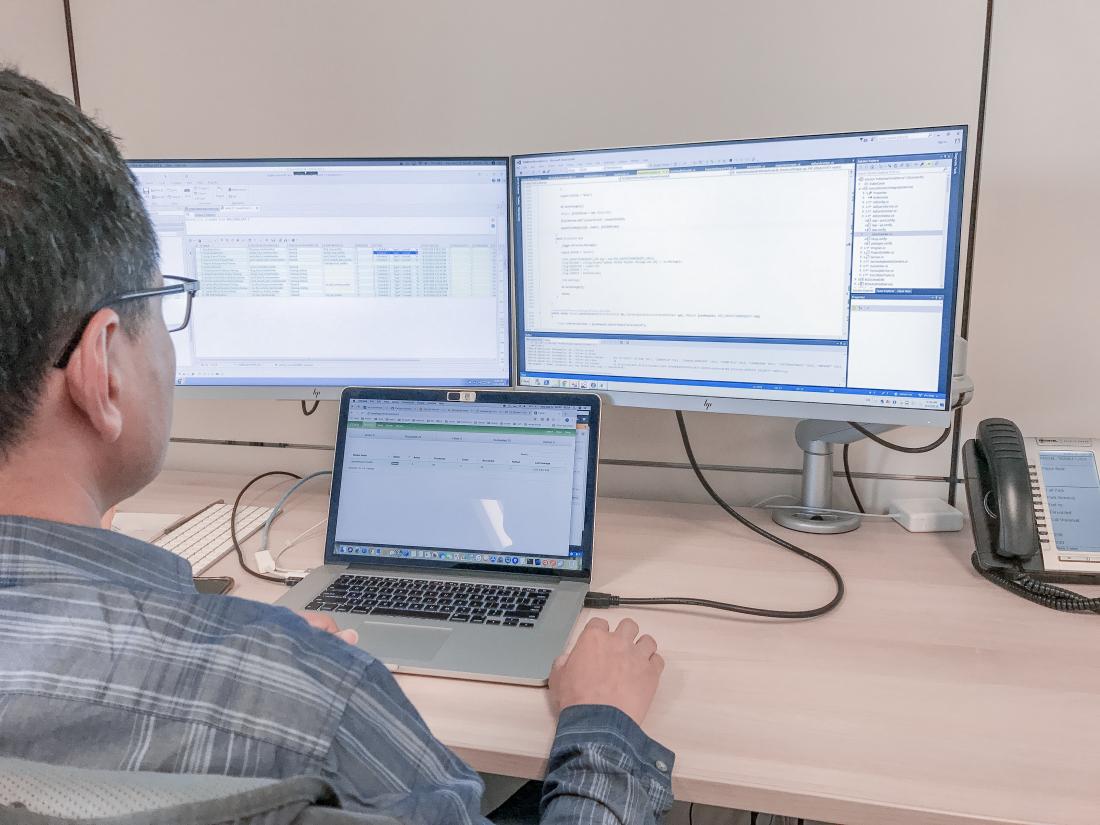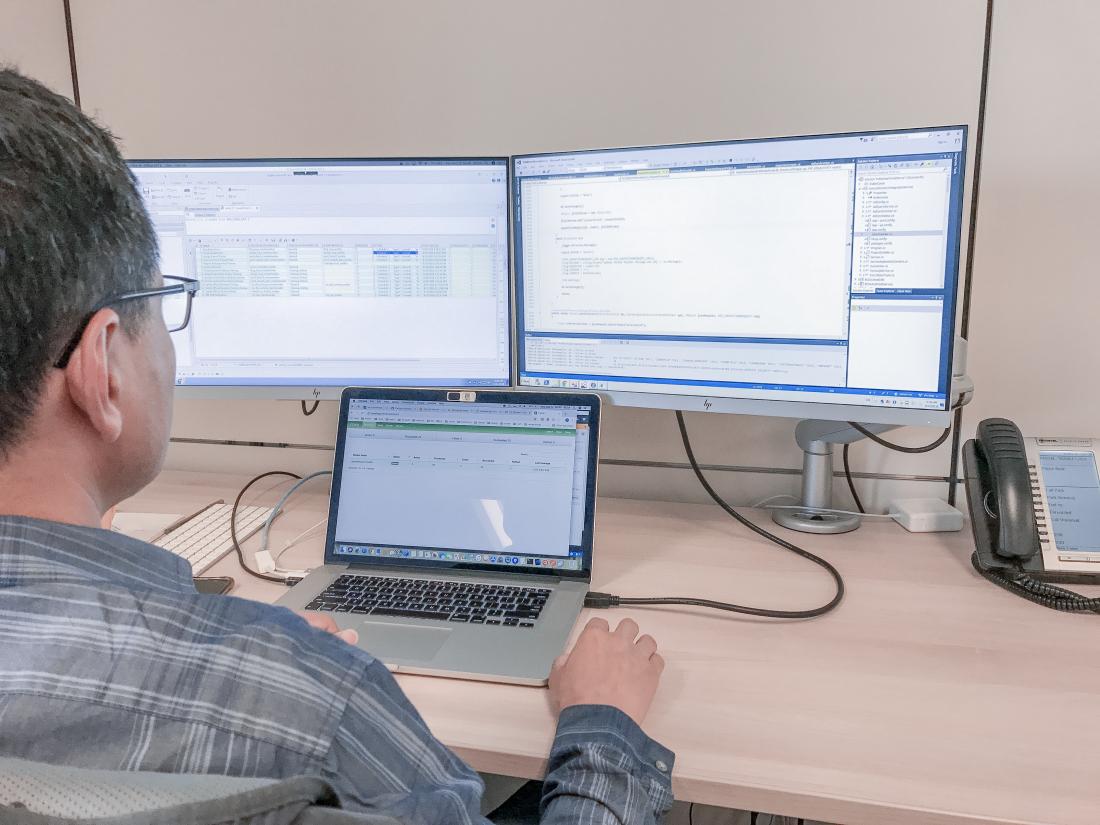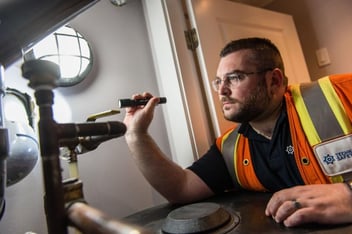From Google’s new automated personal assistant booking hair appointments on your behalf, to AI systems helping medical professionals better treat patients, advanced technologies are already shaping the world we live in.
Our safety officers can’t be everywhere at once, so we wanted to explore if there was a way to use technology to better assist our clients and safety officers, help predict hazards and use our people more efficiently
In fact, many of the world’s leading countries have made major AI strategy announcements and pledged significant new funding for AI research and developments, as well as its ethical considerations.
But, while many public bodies are just starting to explore the benefits of using advanced technology tools within their organizations, Technical Safety BC is actively integrating these processes into their day-to-day work.
As a regulating body, Technical Safety BC oversees the operation and installation of safety systems and equipment across BC. Electrical systems in condo buildings, commercial propane storage tanks, and hot water boilers in schools are just a small list of equipment and systems under their purview.
“As a regulator overseeing many industries throughout the province, there is a vast amount of territory and industries to cover. In the past, our work relied solely on in-person physical inspections of regulated work,” explains Ab van Poortvliet, Vice President, Data Analytics and Decision Science at Technical Safety BC.
“Our safety officers can’t be everywhere at once, so we wanted to explore if there was a way to use technology to better assist our clients and safety officers, help predict hazards and use our people more efficiently.”
Technical Safety BC is a public regulator in Canada who embraces artificial intelligence and data science by building its own proprietary in-house predictive algorithm and software that assists and supports its clients and safety officers in reducing the number of technical safety incidents.
Several years ago, the organization developed an in-house computer algorithm known as the Resource Allocation Program (RAP). Using permit and inspection data gathered by its own safety officers and a simple model to prioritize work for safety officers, the program’s goal was to identify areas with the highest risks, so the organization can better allocate its resources.

A dedicated data science team was then tasked with integrating advanced analytics into all parts of the business. The data science team engaged with Dataiku to help quickly prototype, test, iterate, and deploy innovative, data-driven solutions to affect the way Technical Safety BC manages risks. Now the program is generating safety-related, predictive insights from historical records of safety inspection data in real-time.
Built on the latest machine learning technologies, new models developed in this project adapt quickly to reflect any emerging risks and to help Technical Safety BC shift resources based on the most current knowledge.
“We tested how machine learning could enhance our RAP approach, and found that it improved our predictions by 80%,” van Poortvliet explains.
“Using machine learning makes better use of safety officers’ time so they can visit other sites, allowing them more time to be present in their community.”
“Public safety is our mandate and this means continuously learning about the best ways to find safety issues and see them addressed. It’s combining the passion and insights of our employees with digital technology that makes us an effective regulator.”




